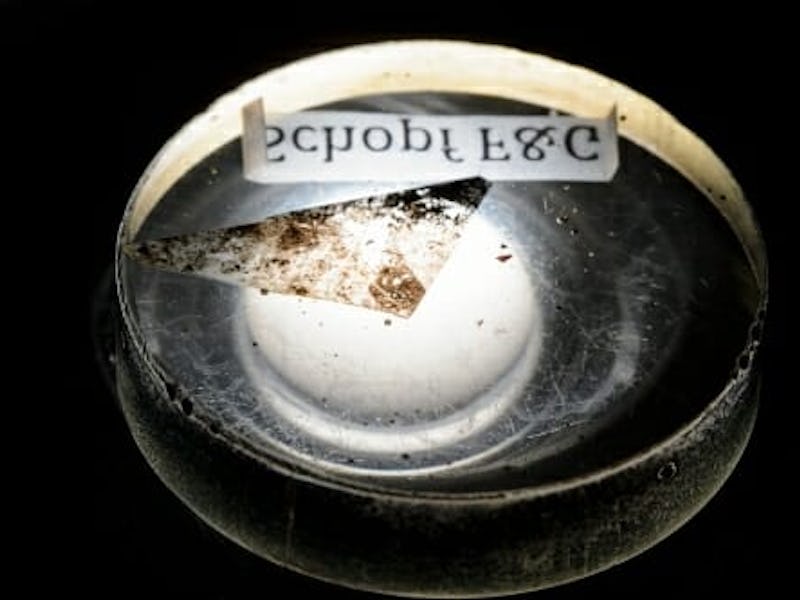Scientists Claim These Fossils are the Oldest Evidence of Life on Earth
These fossils are 3.5 _billion_ years old.

Approximately 4.6 billion years ago, swirls of gas, dust, and asteroids collided and bonded together to eventually form Earth. Scientists aren’t sure exactly how life sprouted from early Earth’s primordial soup, but they think they know when it did — and have been racing to find evidence of those original life forms.
On Monday, in a paper published in the Proceedings of the National Academy of Science, researchers from the University of Wisconsin-Madison and UCLA claim they’ve found it. In the paper, they report finding the world’s oldest fossils in a 3.5-billion-year-old rock excavated from Western Australia.
It’s believed that life began on our planet around 3.8 billion years ago with the emergence of single-celled prokaryotes, like bacteria. Finding the oldest evidence of Earthly life has been a contested race among scientists for decades. The new fossils uncovered in Australia include 11 microbial specimens from five separate taxa, representing forms of bacteria and microbes from Archaea, a domain of life that also falls under the prokaryote classification.
The scientists say the microfossils represent “a primitive, but diverse group of organisms” and note that they are each about 10 micrometers wide. That means eight microfossils could fit on the width of one human hair.
An example of one of the microfossils discovered in a sample of rock recovered from the Apex Chert.
In a statement released on Monday, the study’s lead author, UCLA geobiologist J. William Schopf, Ph.D. said that the discovery of these microfossils indicates that “life had to have begun substantially earlier [than previously thought] — nobody knows how much earlier — and confirms it is not difficult for primitive life to form and to evolve into more advanced organisms.”
While Schopf and his team only recently pinpointed the age of the microfossils, he actually published the discovery of the fossils in 1993 in Science after he collected them in 1982 from the Apex chert deposit in Western Australia. This deposit is considered one of the planet’s best-preserved samples of early Earth because geological processes, like burial and plate-tectonic activity, haven’t affected the region.
An epoxy mount containing a sliver of nearly 3.5 billion-year-old rock from the Apex chert deposit in Western Australia.
To identify the age of the fossils, the scientists used UW-Madison’s IMS 1280, a secondary ion mass spectrometer that is capable of separating the carbon molecules in fossils into isotopes (molecules of an element that are different masses) and measuring their relative ratios. It was the first time fossils of this age underwent this type of analysis. Since all organic substances contain stable carbon isotopes, with this instrument the researchers could compare the amount of carbon in the fossils against the amount of carbon from the parts of the rock that did not contain fossils. These ratios indicate the biological and metabolic characteristics of the fossils, as well as their ancient age.
But some competing scientists don’t buy the claim that these are the oldest fossils ever found.
In March, scientists from the University College, London claimed they found microfossils that formed between 3.7 to 4.3 billion years ago in rocks taken from Greenland. The London Center for Nanotechnology’s Dominic Papineu, Ph.D., a researcher on that study, told Gizmodo on Monday that while he approved of the methods used in the new paper, “the only thing I disagree with the team is that these are the oldest microfossils.”
Regardless of whether these Australian samples are actually the oldest, they’re still evidence of the incredible fact that life was able to survive when Earth’s early biosphere lacked oxygen and contained higher concentrations of methane than it does today. If life was able to exist within those harsh conditions, then it’s possible that it could exist in other parts of the universe — whether or not oxygen is present. The study authors are hopeful that their work will lead to further microanalysis on “samples of Earth and possibly from other planetary bodies.”